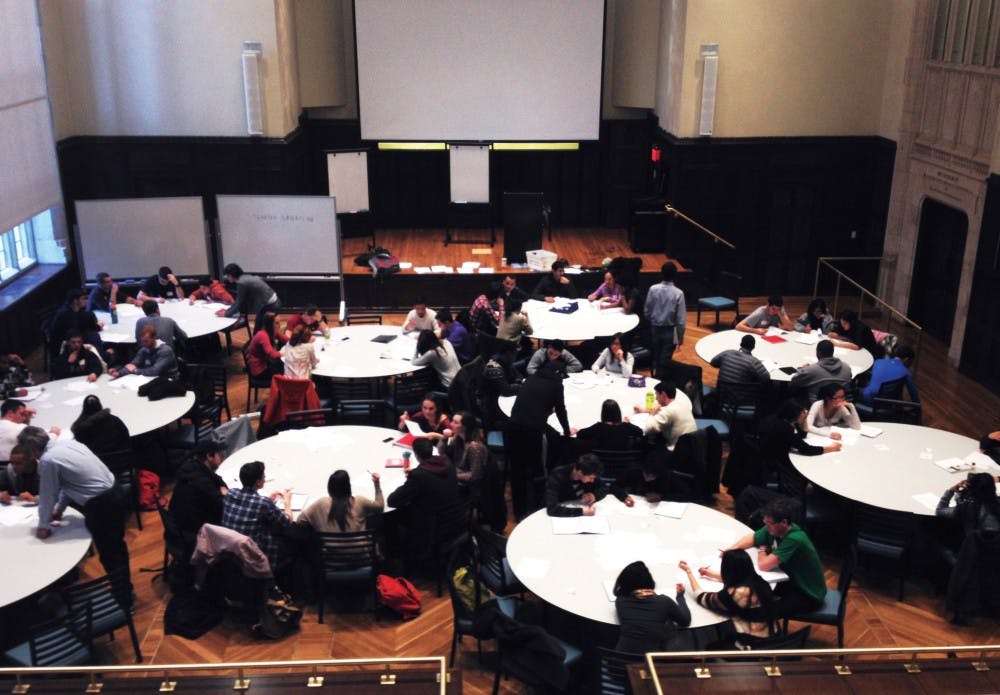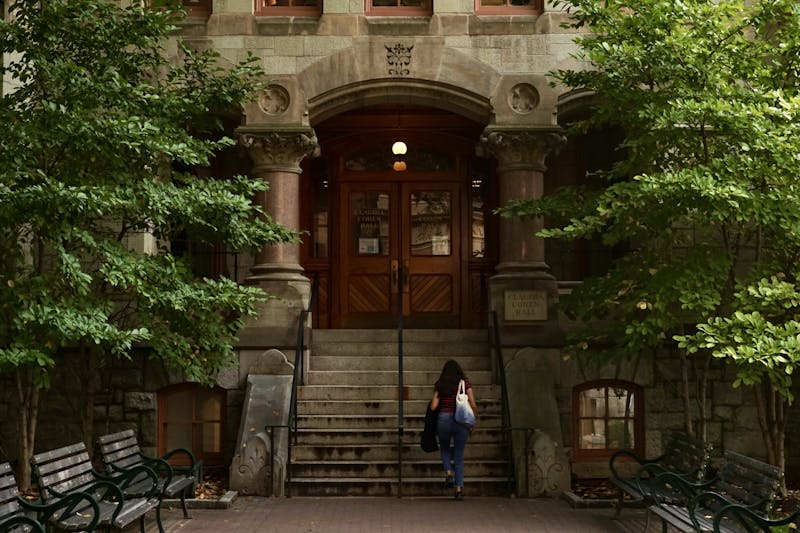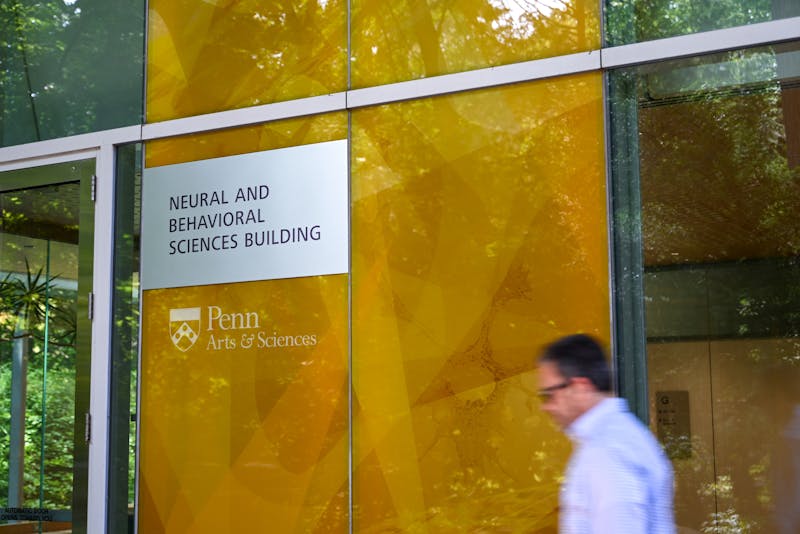
Imagine if for three days a week, instead of sitting silently in your math lecture, you could use that class time to work with other students on problems, with the professor and TAs right there to answer any questions.
Welcome to an “active learning” class at Penn.
New teaching initiative
Through Penn’s new active learning initiative, known as Structured, Active, In-Class Learning — or SAIL — students actively apply concepts to problems rather than passively learn the material in a lecture.
Vice Provost for Education Andrew Binns explained that this active learning is supposed to make students “feel comfortable with the material in a different context.”
While this idea has floated around in higher education for some time, an initiative was not established at Penn until last year. In September 2013, Penn received a grant from the Association of American Universities that named it a project site for the Undergraduate STEM Education Initiative.
As part of the grant, Penn would implement active learning “gateway” courses in STEM — science, technology, engineering and mathematics — that would enable students to better engage with those disciplines and become more prepared for advanced studies.
In the newly renovated Arts, Research and Culture House auditorium, math professor Robin Pemantle has implemented this type of learning in his Calculus I course, commonly known as MATH 104, this semester.
In class at the ARCH
The ARCH auditorium can have row seating akin to a typical lecture hall, and those rows can be pushed into storage units in the back of the room to clear space for several large, round tables.
This space is “indispensable” for SAIL courses because of its “flexibil[ity],” Binns explained.
In Pemantle’s class, students sit at round tables, nine to a table, in assigned groups of three to four that rotate every few weeks. During class, students discuss problems in groups. The professor and teaching assistants circulate among the tables, answering students’ questions whenever they come up.
Prior to class, students are expected to have completed readings in the textbook, watched online lectures and completed short quizzes in the online platform accompaniment to the textbook. The online lectures include some from professor Robert Ghrist’s popular Coursera course “Calculus: Single Variable.”
In class, Pemantle may review some particularly difficult concepts or problems from the previous class. Primarily, however, time is spent having students solve worksheets, which encourages them to think, brainstorm and collaborate in groups.
Improvisation is a key part of SAIL, despite it being “structured.”
Pemantle explained that if he finds that multiple groups of students aren’t comprehending a certain problem, he’ll take the time to go over it for the whole class. “Some things can be planned, but it can’t be too rigid,” he said.
Giving feedback
Student reactions to SAIL so far are decidedly mixed. “[I like that you] can learn at your own pace at home,” said College freshman Cassidy Golden, a student in Pemantle’s class, citing that it could be helpful for slower learners.
Her classmate, College freshman Emily Molloy, thought the “problem-centered aspect” of class was nice. “I think problems are the most important thing [for math],” Golden added, appreciating that one could receive more help on problems in class.
However, Molloy thought it was “more time consuming” to watch the lectures on her own time outside of class. Nursing freshman Ian Mccurry, who is in another section of active learning MATH 104, agreed.
“[MATH 104] takes a lot more time outside of class than any of my other courses — and even then I still feel I don’t have that great of a grasp on it,” he said, citing the lack of a “formal” lecture as resulting in confusion on topics.
Pemantle said that for this semester, the students who signed up for active learning sections were not notified of the different method of teaching before class began.
“I do wish they had told you,” said College freshman Talia Beck, who is in Pemantle’s section. “If I had known, I probably would have avoided [it],” she added, pointing out that she thinks it would be more beneficial for the class to review concepts than do problems.
‘SAIL’ into the future
For now, Penn’s selection of SAIL courses include math, physics, chemistry and bioengineering. Biology professor Philip Rea is currently teaching a SAIL biochemistry course Tuesday and Thursday mornings in the ARCH auditorium.
However, some faculty prefer their own traditional teaching methods. Dean of the College of Arts & Sciences Dennis DeTurck pointed out that these faculty are not necessarily hostile to the concept, but may “wait and see what’s going to happen” with current SAIL courses before they decide whether to adopt the course.
Moving forward, professors from non-STEM departments, like earth and environmental science, economics and political science, have expressed interest in trying out active learning courses.
“[It’s] kind of a grassroots level spreading [among faculty],” said Bruce Lenthall, executive director of the Center for Teaching and Learning.
While current SAIL classes are predominantly introductory, in the future “there’s certainly interest and enthusiasm for doing higher level courses in new ways,” DeTurck said.
Lenthall has three major goals for the future of SAIL at Penn: creating “really strong” SAIL courses, transforming and improving student learning through these courses and getting faculty more interested in active learning. DeTurck agreed with Lenthall, adding that data needs to be collected for SAIL to be evidence-based, answering the question: “Do students learn better through SAIL?”
Binns said that pending the expansion and popularity of SAIL, Penn is looking for more rooms around campus that can be modified, like the ARCH auditorium.
“We truly think this teaching has a lot of potential,” Binns said. “We want to offer more to our students.”
The Daily Pennsylvanian is an independent, student-run newspaper. Please consider making a donation to support the coverage that shapes the University. Your generosity ensures a future of strong journalism at Penn.
DonatePlease note All comments are eligible for publication in The Daily Pennsylvanian.







